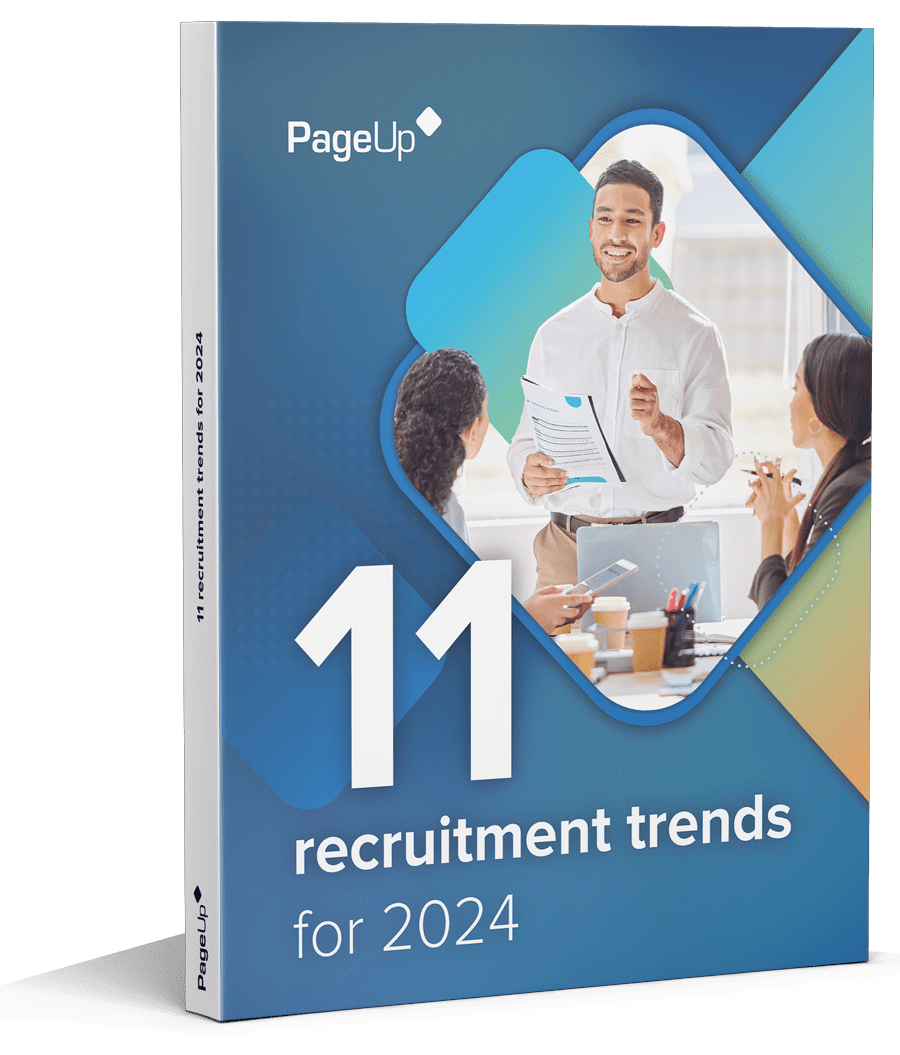When a new hire walks through your door, you only get one chance to make a good first impression. OrganisationsOrganizations that get onboarding right can make all the difference to an employee’s overall experience – and ultimately their decision to stay. The current US healthcare industry is riddled with staffing issues – aging nurses, strain on nursing resources, and staff abandoning roles within three months. Perhaps the biggest risk of all is the decline in the quality of healthcare provided to vulnerable patients as a result of high staff turnover. The U.S. Bureau of Labor Statisticsrecently cited 531,000 unfilled positions in health – an alarmingly high rate for the largest healthcare market in the world.
The onus is really on the organisationorganization to make their new hires feel welcome, ensure a seamless process and connect in with their employees. With that in mind, here are four practices to consider:
1. Welcome new hires before day one
Onboarding begins when an individual accepts their offer. So, it’s over to you to make them feel welcome and part of the team before their first day. Says Evan Ravensdale of PageUp, “It’s a good idea to reach out to your new employees before their start date. Keeping in close contact can reinforce a relationship with the institution as well as give new hires a better idea of what to expect on day one.”
Outlining a new hire’s first week on the job is a good practice to have, so people know what to expect.
The plan can include:
- a mentor or buddy to help learn the ropes
- orientation – including training for the facility and on new processes and systems, familiarisationfamiliarization with electronic medical records, departments and shifts the employee might work, and other mandatory training required by other departments.
“Keeping in close contact can reinforce a relationship with the institution as well as give new hires a better idea of what to expect on day one.”
2. Make onboarding seamless (and not focused on paperwork)
In a world where technology can speed up the process of almost anything, onboarding is certainly no exception. If your organisationorganization has the right automation processes in place, a new hire’s onboarding can begin before their first day. Stefanie Cole from the Medical University of South Carolina describes the advantages of having a seamless transition from recruiting to onboarding – all on the one platform. “We wanted to have one careers site powered by one system that candidates could go to for all MUSC jobs and have all of their information available, from being an applicant to becoming an employee – in one place. It needed to be a ‘one-stop-shop’ so that they can access any kind of information and complete their onboarding activities.”
Let’s not forget about good, old-fashioned paperwork, which can leave new hires feeling disengaged. According to PreCheck, “Healthcare onboarding often gets bogged down in paperwork and compliance, which can dampen a new employee’senthusiasm. After being the focus of the recruiting process, employees may feel like just another cog in the machine when onboarding.”
Moving to an online, paperless system can have great advantages, not only for a new hire’s motivation (and sanity), but also for your organisationorganization – by having everything recruitment and onboarding related housed in one place, you’re better equipped to measure and retain compliance.
“If your organisationorganization has the right automation processes in place, a new hire’s onboarding can begin before their first day.”
3. Communicate your organisationorganization’s culture and values
Throughout a new employee’s hire process, it’s important to communicate your organisationorganization’s culture. Says John G. Self, an expert in candidate screening and selection, “Be transparent about the organisationorganization’s culture. Every healthcare organisationorganization, from the large regional trauma center in a metropolitan city, to a 12-bed rural community hospital in a small ranching community, has good, bad, and ugly cultural qualities. Be honest with the candidates.
“Studies show that not understanding the culture or not being clear about performance deliverables are two of the most common reasons that candidates fail within the first 18 months of employment.” Equally important is to communicate your organisationorganization’s values. What sets your organisationorganization apart from other medical facilities in your area? Share your vision and values and allow new employees to understand the vital role they play in delivering quality healthcare to the community they serve.
“Be transparent about the organisationorganization’s culture.”
4. Assign mentors and conduct regular check-ins
In an industry as fast-moving and challenging as healthcare, a new hire’s emotions can fall to the wayside. How are they feeling after week one? Are there any obstacles you can help them overcome early so they remain focused, productive and want to stay? This is where mentors and buddies can help – by not only acting as navigators for a new hire’s transition into the organisationorganization, but also as a shoulder to lean on when the going gets tough.
People leaders should also take time out to reach out to new employees and get a pulse of how they’re finding the role and tracking their progress to date.
In today’s tough healthcare landscape, a great onboarding experience is crucial for your organisationorganization. It’s over to you to devise an onboarding strategy that covers all facets – from making new hires feel welcome, understanding their role and deliverables, communicating your culture, vision and values and above all else – creating a great first impression that makes people stay loyal to your organisationorganization.
Fresh insights for HR
Stay up to date with HR trends, tips and more when you sign up for our industry newsletter





